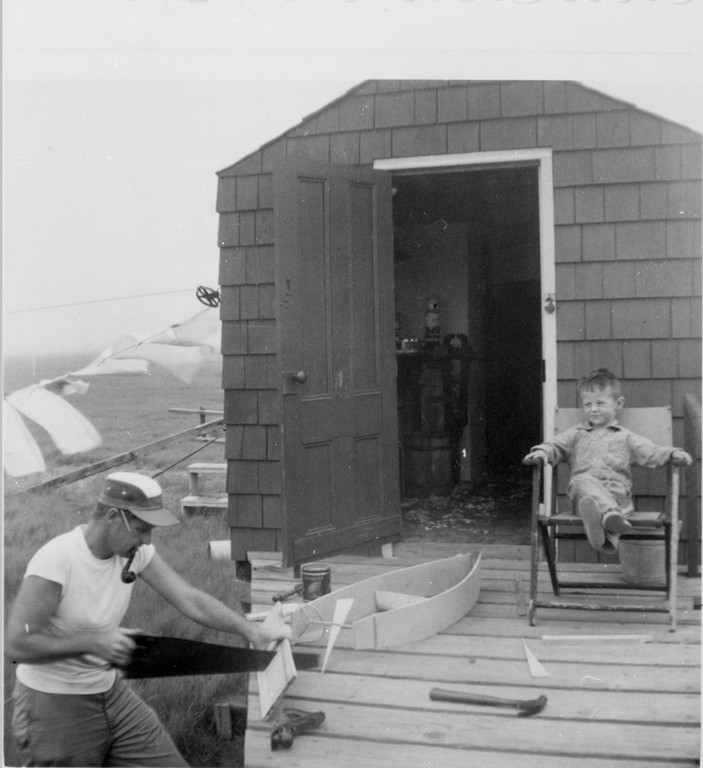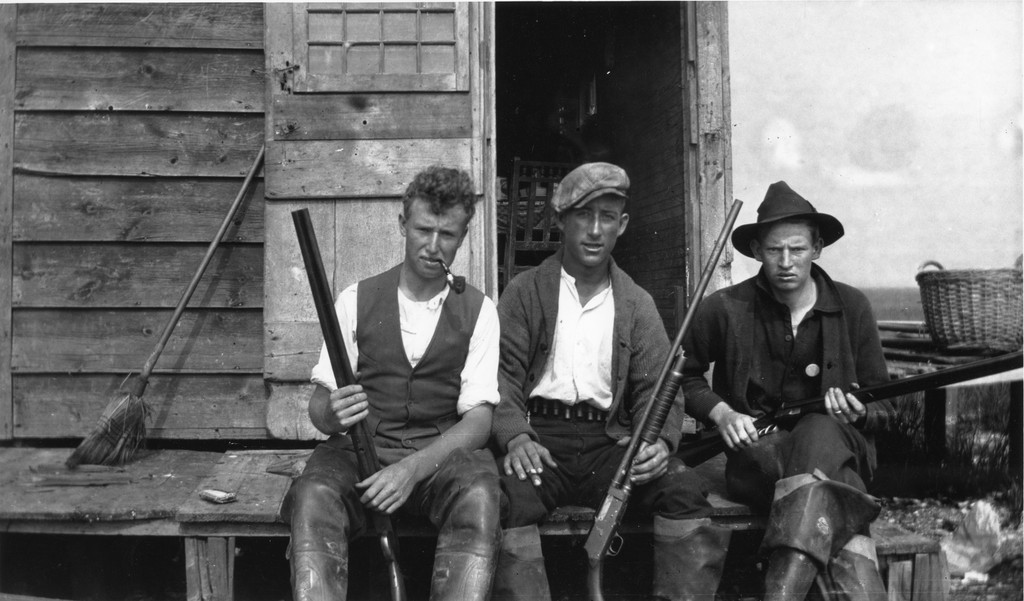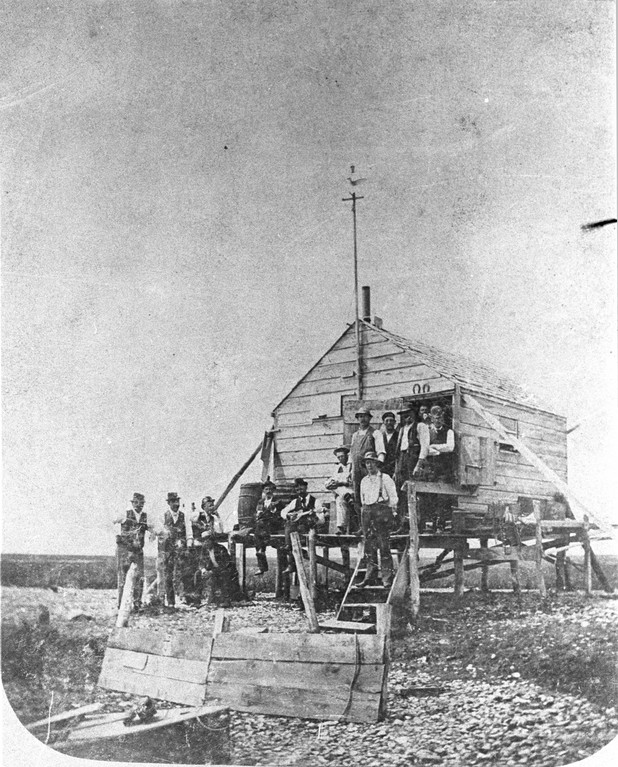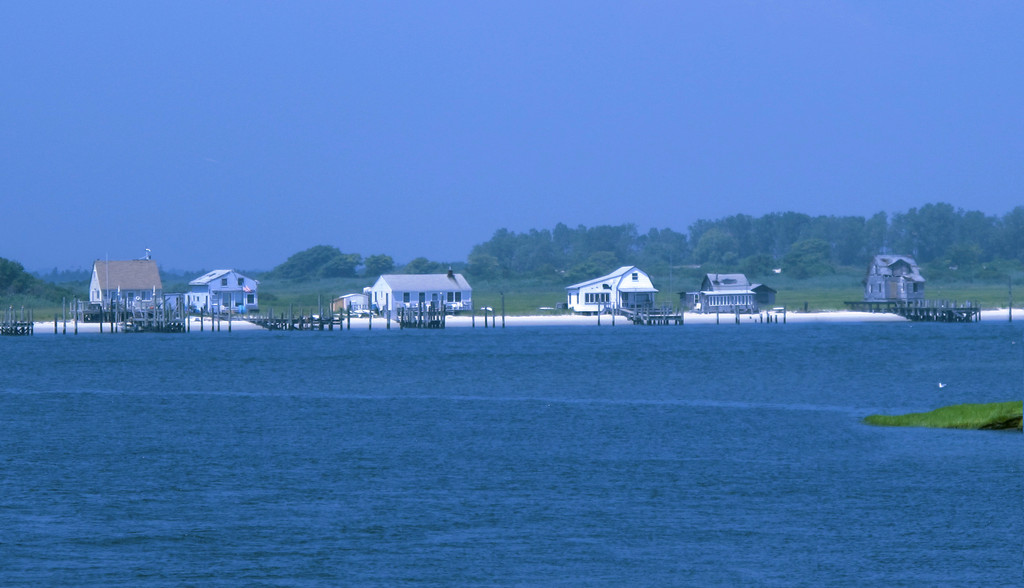Long Island Histories and Mysteries Part 2
What’s the deal with those houses out in the wetlands?
They’re called bay houses, and they’re a distinctly Long Island sight. Built on stilts and reachable only by boat, bay houses have been hovering over the wetlands in Nassau County for around 300 years. Today they are an endangered species — protected, but endangered — and they encapsulate an important facet of Long Island’s maritime ancestry.
History of the houses
There are currently 31 bay houses remaining, or perhaps that should be 30¾, as John Remsen’s house, just off Freeport, was damaged by Tropical Storm Irene and hasn’t been completely restored yet. The first bay houses were built on the South Shore marshlands between 1700 and 1900. Many of the hard-living baymen who built the early houses had clam, oyster or scallop beds in the marshes and set up above them to protect their claims. Others harvested salt hay from the marshes and sold it to farmers.
The bay house dwellers supplemented their incomes by taking what they could from the marshes — clamming, eeling, crabbing, fishing and shooting ducks and geese. (Speaking of geese, if you missed Part 1 of this series, “Where did all these geese come from?” you can find it at liherald.com.)
The unforgiving nature of early life on the bays softened slightly during the 1900s, when city slickers from New York took a fancy to the houses and started building them as getaways. These slightly upgraded retreats generally consisted of two or three rooms and usually faced south to get the most sun. There were no motorboats during this era, so even well-to-do bay house owners had to row out to their sunny summer spots.
The heyday of bay house construction dawned with the end of World War II. The Town of Hempstead was bullish on building and granted permits to, essentially, anyone who wanted to build a bay house. Nancy Solomon, executive director of Long Island Traditions, literally wrote the book on the bay houses. (It’s called “On the Bay” and is available at longislandtraditions.org or through BN.com.) Solomon says there were over 300 bay houses by 1965, and that they were cobbled together from all kinds of materials.
An essay about the houses on the Long Island Traditions website cites the memories of a Frances Judge, from Freeport, who recalled one house that was built entirely from old doors. According to another anecdote on the site, George “Mush” Carman, and his fellow firemen from the Baldwin Hose Company, simply dragged an old garage out onto the marsh and built downward from there.
Beat the house
The enlightenments of the 1960s ended the carefree building of bay houses. Concerns for the well-being of the wetlands superseded the desire to attract residents, and bay houses began to be removed following passage of the Clean Water Act in 1965. The battle against the houses targeted structures that were elderly or infirm. Laws written by the Town of Hempstead in the mid-1960s declared that if 20 percent or more of a bay house was damaged, it had to be removed to protect the wetlands. As bay houses were not the sturdiest constructs in the first place, this reduced the number of them to about 50 by the 1980s. No new houses were built during this period.
Protect this house
A big part of the reason Nassau County residents are still able to wonder what the deal is with those houses out on the water, as they wait out raised drawbridges, is the work of Nancy Solomon. Beginning in the 1980s, armed with a master’s degree in folklore, Solomon campaigned to convince the Town of Hempstead that bay houses were an important piece of local color that should be preserved. (The original laws held that all the houses would be demolished starting in 1993.)

 47.0°,
Mostly Cloudy
47.0°,
Mostly Cloudy 











